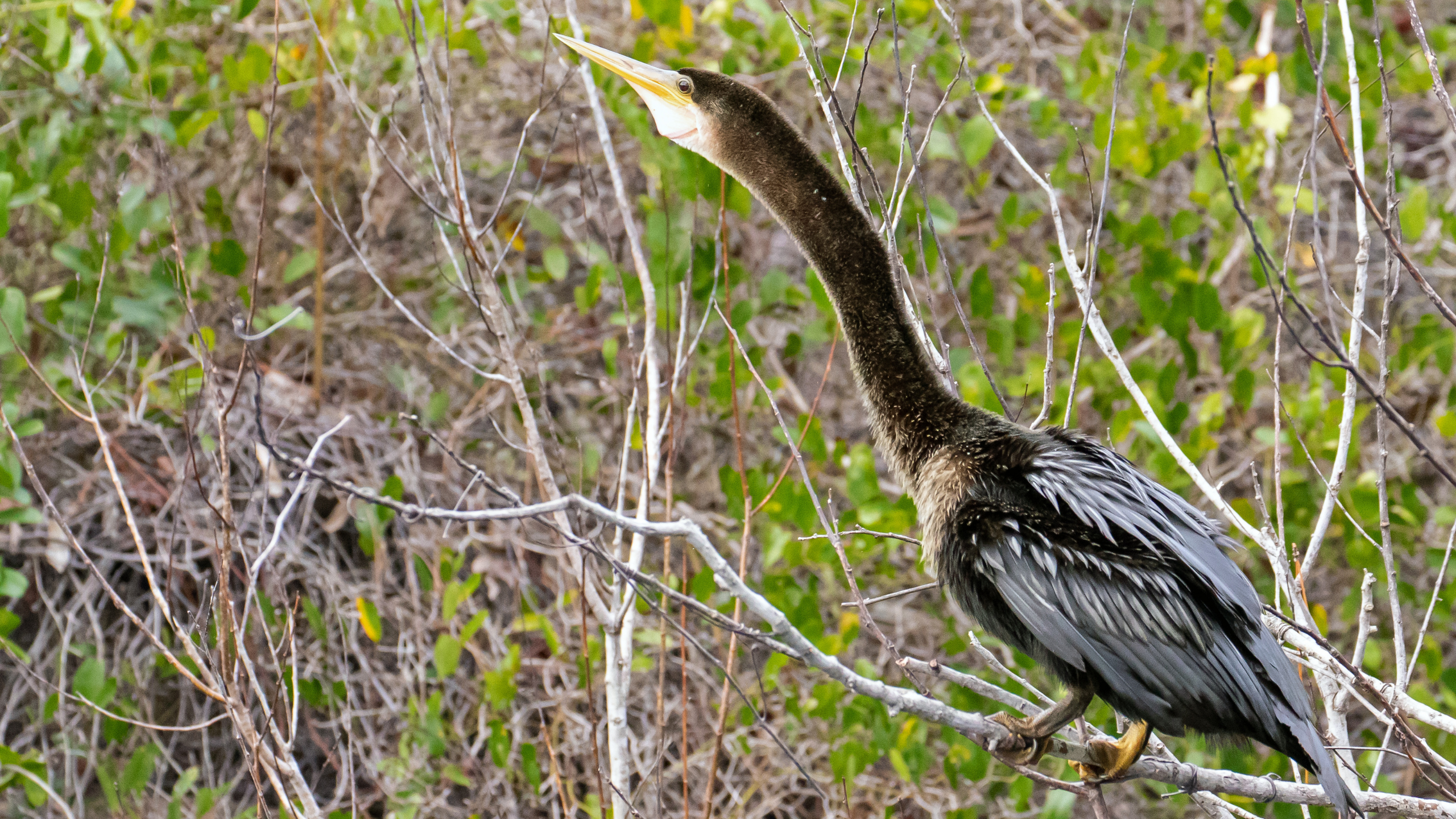Posted: March 20, 2022
Our Wildlife of the Week – 2022 Week 11…
Meet the “Anhinga”!
(Anhinga anhinga)
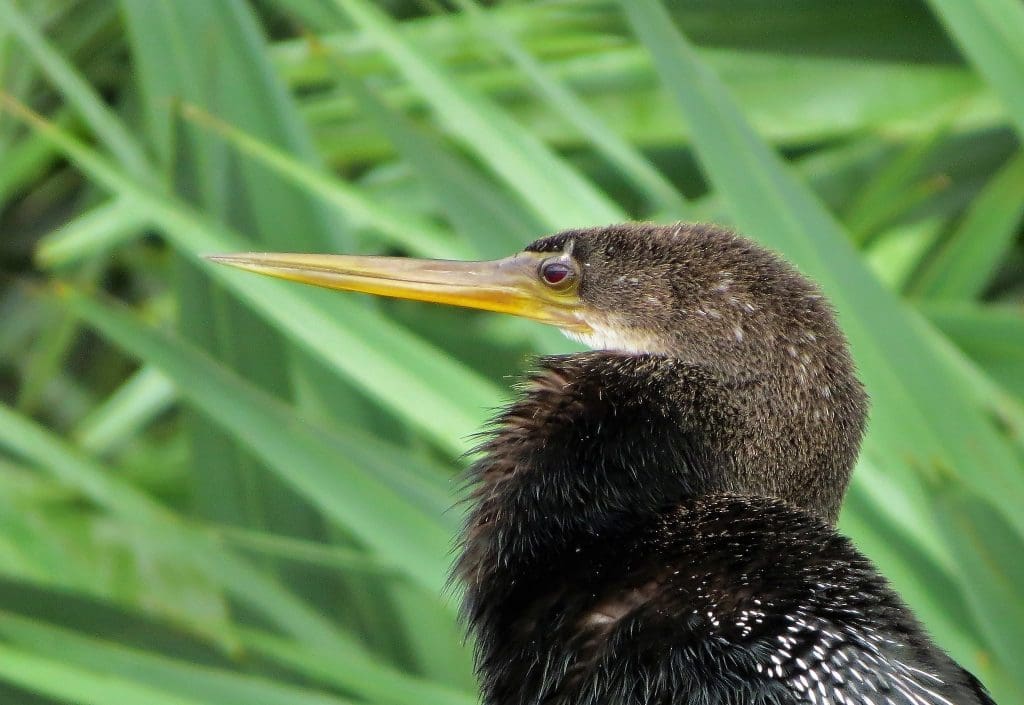
Anhinga Physical Description
Anhingas have an average body length of 33.5in (85cm), weight of 3lbs (1350g), wingspan of 46in (117cm), and bill length of 3.2in (81mm). The head is small and appears to be merely an extension of its long snake-like neck. In the neck, the 8th and 9th cervical vertebrae create a hinge-like apparatus that allows the quick catching of prey. The long, sharp, serrated bill also aids it in hunting.1
The wings are broad, allowing it to soar, and the feet are webbed to facilitate swimming. The physical structure of the legs is, however, more suited to crawling out of water onto land and for climbing bushes and trees. The tail is long and is used for providing lift, steering, braking, and balancing. When spread in flight, the tail resembles that of a turkey, which is why it gets it’s nickname of “Water Turkey”.1
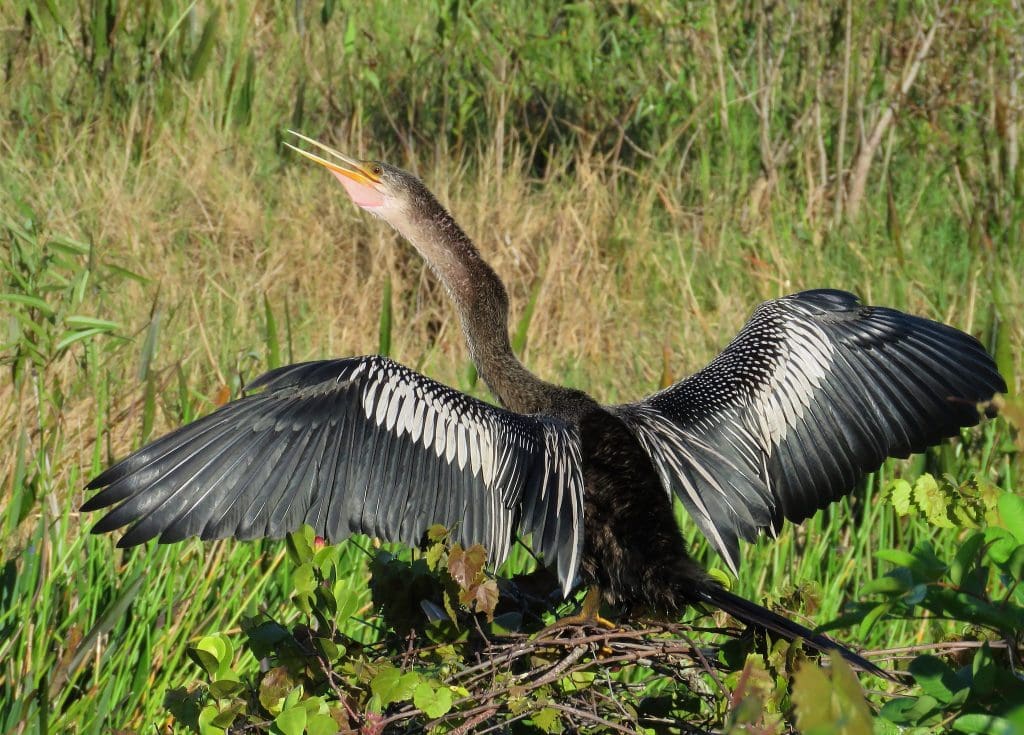
Anhingas are sexually dimorphic (males have brighter colors than females). Males have greenish-black plumage overall, accentuated by silver-gray feathers on the upper back and wings that are edged with long white plumes. They also have black crests. Females are brown with a lighter brown head and neck; juveniles are a uniform brown color.1
Molting of all flight feathers at the same time render them flightless for a while. Unlike some aquatic birds, all of the body feathers become completely wet upon contact with the water, allowing them to dive through the water more easily. This feature, however, causes them to have little buoyancy, to lose heat quickly, and hinders flight.1
SPONSORED ADVERTISEMENT
Anhinga In Action
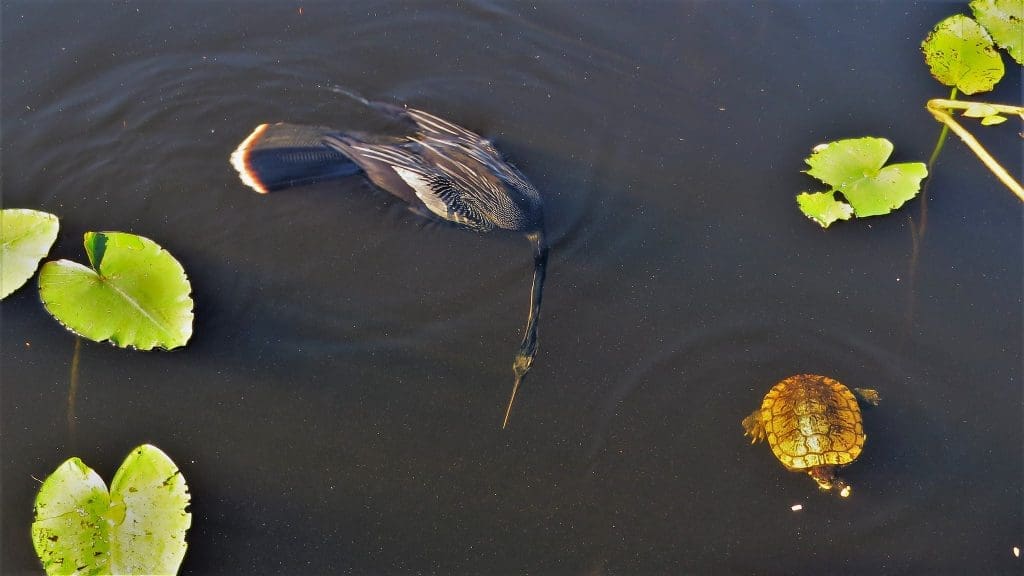
Anhingas start flight by either running on the surface of the water or diving from a tree. They usually return to the water by gliding into it from a perch or crawling into it from land. Only the head and neck are visible when in the water due to their low buoyancy. Most of the time spent in the water is devoted to fishing; otherwise they are found perched in trees. Often they crawl from the water and then up to a high perch in order to sun themselves.1
Similar to cormorants and turkey vultures, anhingas sun themselves by spreading out the wings, which dries out the plumage and absorbs heat from the sun. Anhingas lose heat quickly in the water due to their lack of an insulating layer of body feathers. Meaning, the sun’s radiation helps them maintain body temperature. Anhingas are solitary but are sometimes found among groups of herons, cormorants, ibises, or storks. Although they nest in small loose groups, it is unusual to find them with other anhingas at other times of the year.1
SPONSORED ADVERTISEMENT
Where to Spot Anhinga
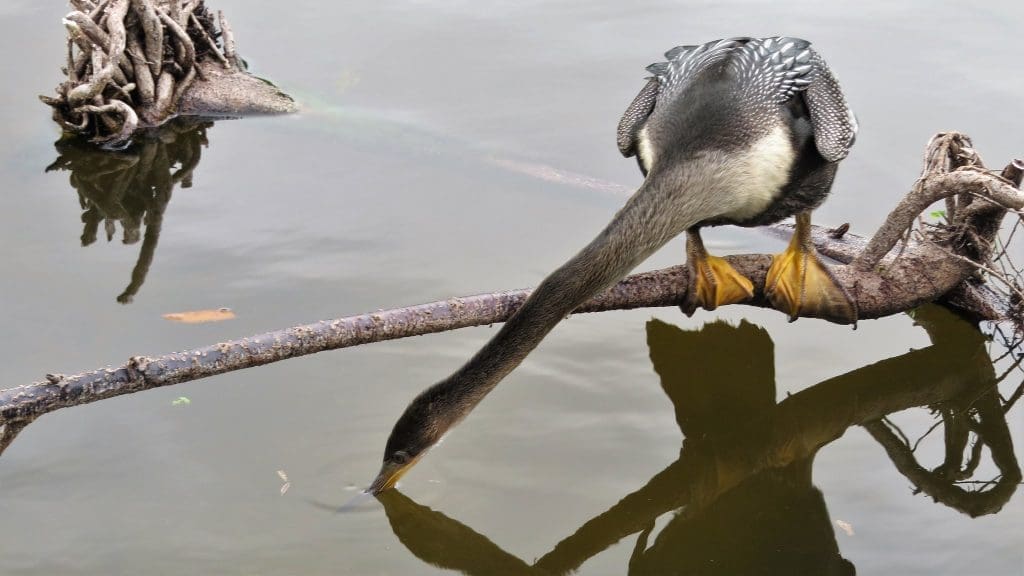
Anhingas prefers freshwater and coastal aquatic habitats that include shrub or tree-covered islands or shores; these habitats include lakes, marshes, swamps, mangrove swamps, shallow coastal bays, and lagoons. Within such habitats, anhingas are able to stalk slow-moving prey and seek refuge from danger in the water, and perch and sun itself in the treetops.
The Anhinga can be found in over 5 National Parks and many other National Park Service sites.2 Including:
- Big Bend National Park
- Biscayne National Park
- Congaree National Park
- Dry Tortugas National Park
- Everglades National Park (our March 2022 – Park of the Month)
SPONSORED ADVERTISEMENT
Anhinga Conservation Status
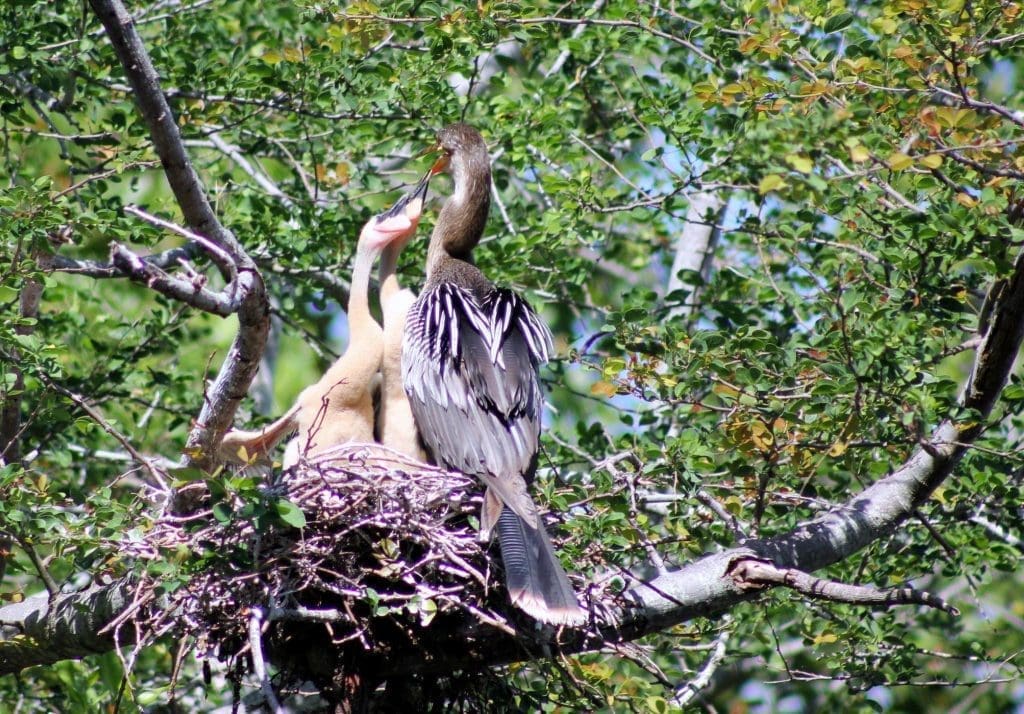
In the Americas, anhingas are abundant, although their aquatic habitats are threatened. DDT was found to have an effect on the reproductive success of these birds and banning of this pesticide in North America has benefited those birds that breed in the southern United States.1
Anhingas and their eggs are eaten by humans in parts of Asia. In North America, anhingas have no particular economic impact, particularly since they do not eat the fish that humans might.1
Anhinga and You
Have you seen a Anhinga in it’s natural environment? Tell us about it in the comments below!
Do you have a picture of these amazing creatures? Share it on social media with us and tag us in your post.
Use the hashtag:
#WildlifeOfTheWeek.
Interested in Wildlife Photography???
Check out this amazing beginners guide from National Geographic:
National Geographic Photo Basics The Ultimate Beginner’s Guide to Great Photography
The above links are provided in this article as affiliate links. Meaning, at no additional cost to you, we’ll earn a commission if you click one and make a purchase. An easy way to help support us if you’re going to buy anyway!
Learn more about all the amazing wildlife in our National Parks and how to safely “Watch Wildlife” on this amazing page with lots of resources from the National Park Service!
Want tips for photographing wildlife? Check out this great article for tips from the National Park Service.
Help support Discover Our Parks by becoming a Patron for as little as $1 a month! Your support will help us continue to provide articles like this and add even more information about our parks to this site.
If you want to make a one-time donation, buy us a coffee!
‘We got some of the above information from the following:
1: Animal Diversity Web – Anhinga Anhinga – Anhinga
2: NPSpecies – Find Parks Where a Species is Found
Check out these recent posts from Discover Our Parks:
- The Isolated Black-bellied Salamander: Wildlife of the Week – 2023 Week 22
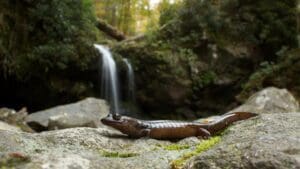
- The Splendid Sandhill Crane: Wildlife of the Week – 2023 Week 21
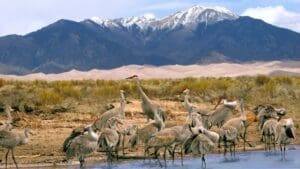
- The Promising Peregrine Falcon: Wildlife of the Week – 2023 Week 20
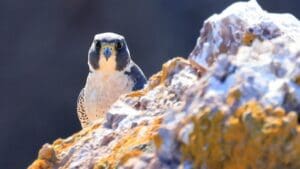
- The Intimidating Killer Whale: Wildlife of the Week – 2023 Week 19
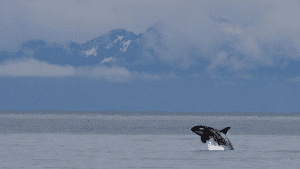
- The Swift Fox: Wildlife of the Week – 2023 Week 18
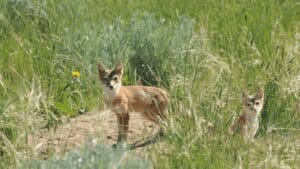
SPONSORED ADVERTISEMENT

